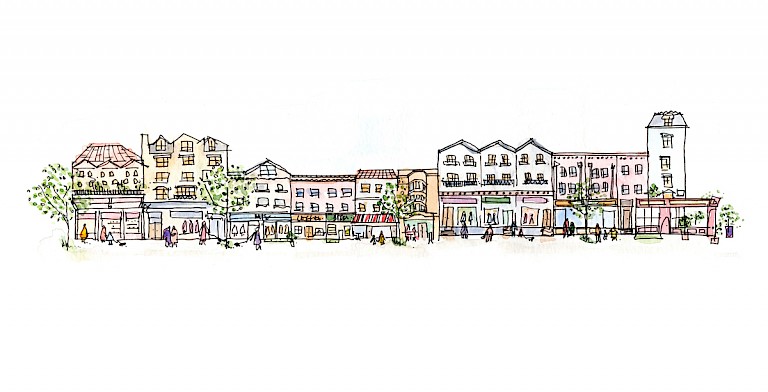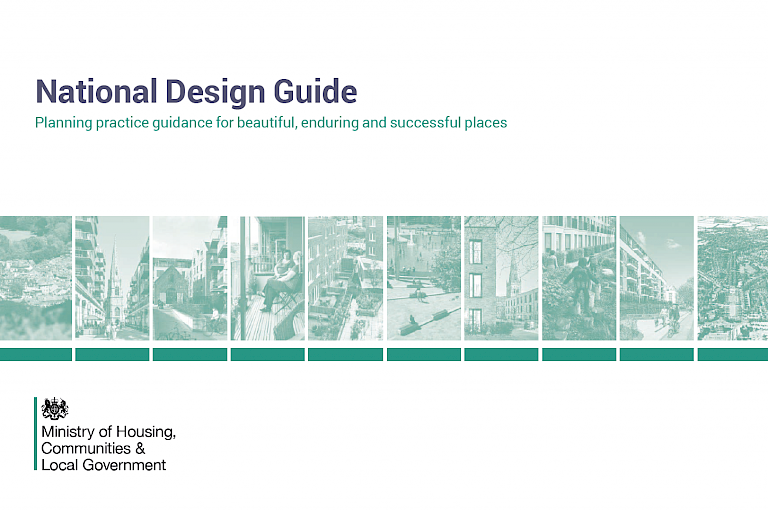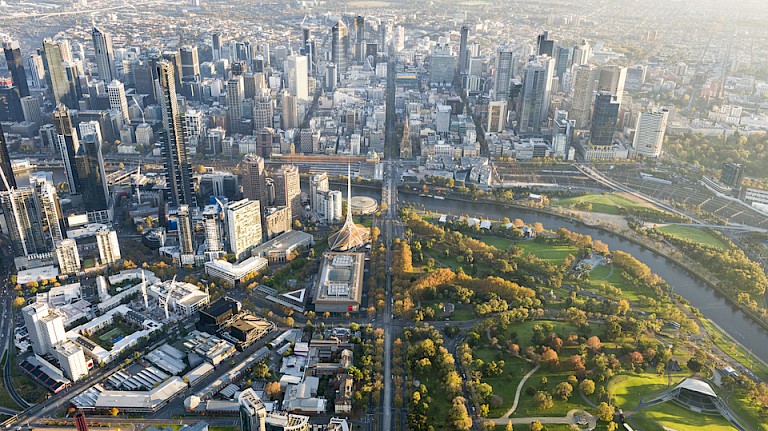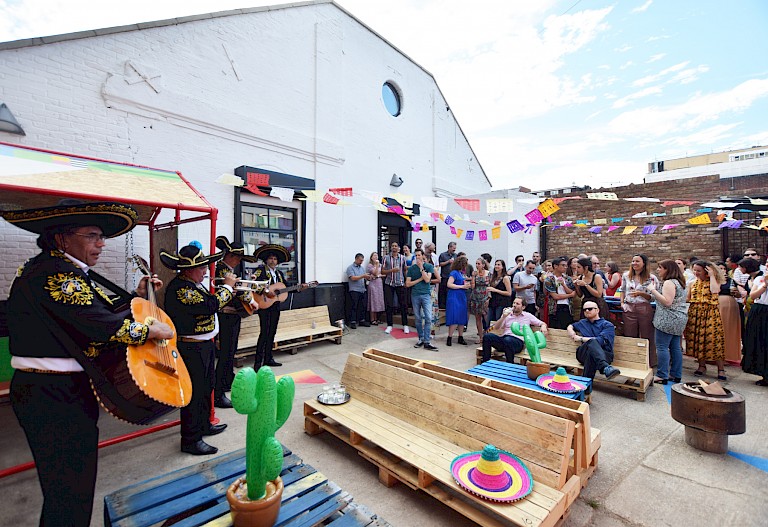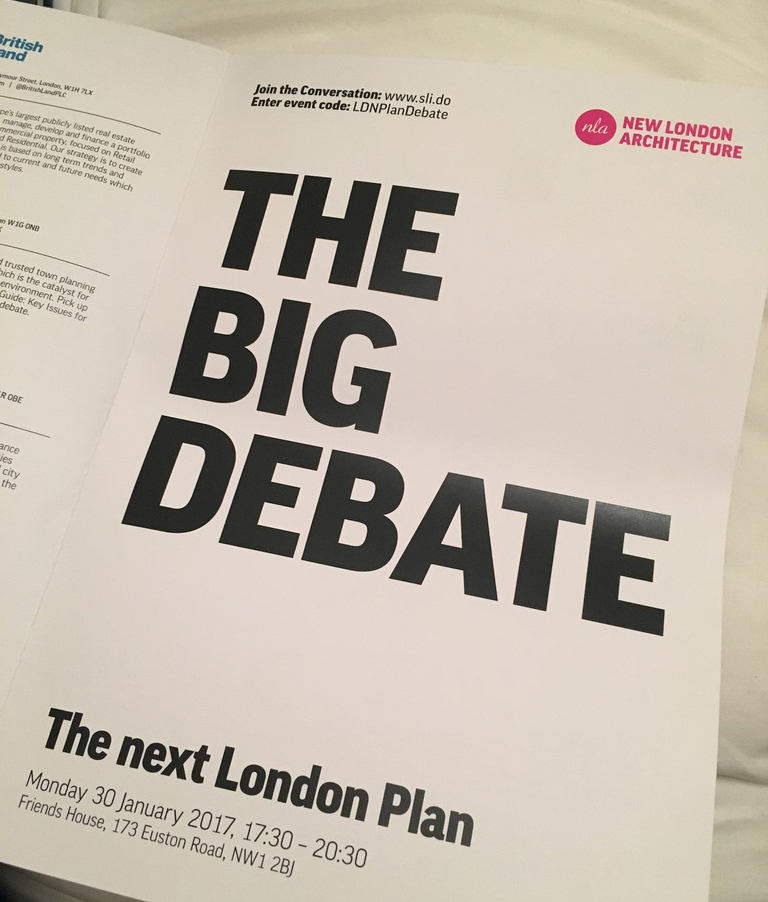
Last Monday, some of us in the Urban Design studio went to the NLA’s The Big Debate: The next London Plan. The evening was structured around a series of five debates which focussed on how we can plan for, and build, a successful city for Londoners in the current period of major growth.
The first two debates considered where London’s growth should take place and how we should approach densification and design in housing. It raised questions including whether or not London needs to grow to become an increasingly polycentric city, that doesn’t just focus or rely on the Central Activities Zone. Perhaps putting more effort into developing urban centres outside of the city, and increasing their prominence and role within a network, would be more beneficial. This directly links to the fact that the density matrix could be due a revision; since a significant amount of London’s ‘suburbs’ are becoming increasingly urban in character and playing a greater economic role, as well having shorter connection times into the city centre, there is sense in permitting higher densities in strategic locations.
The debate also considered Conservation Area policy and whether or not it was limiting the ability to respond to the housing crisis, particularly in terms of density. It addressed the recent controversy over the green belt, and if rather than densification, we need a wider spread of development. The fact that there’s 64,000 hectares of green belt land within one mile of existing tube and train stations, which could provide space for 2.5 million homes, definitely got the audience thinking…
Another factor that needs some consideration is taller buildings and if they are actually helping deliver new homes and create successful spaces. Whilst there is a place for tall buildings in our towns and cities – for example, at key transport nodes to increase density, and in offering opportunities for creativity in the skyline – there is a challenge to ensure that they do actually contribute to London’s needs. There are too many instances where tall buildings have a lot of voids – no family housing, no affordable housing, for instance – and there are many cases where the architectural detail of the tall building gets a lot of attention at the expense of the 'streetline'.
Finally, the need to deliver better streets and public spaces was another interesting discussion. There is an ongoing problem that a lot of our 'public space' is actually private. For example, the Nine Elms development along the South Bank is actually restricting public access along the river. This problem is obscured, however, by the greening of the ‘public’ routes to take attention away from the problem that they are actually creating. To respond to this, whilst planners and designers need to rethink public space, Local Authorities also need greater capacity and revenue to facilitate real public spaces and better streets. Help that goes beyond S106 and CIL contributions is required if there is going to be financial capacity to invest properly in public spaces for the public.
Overall, it was a very interesting evening! The debate is available online to watch here.
